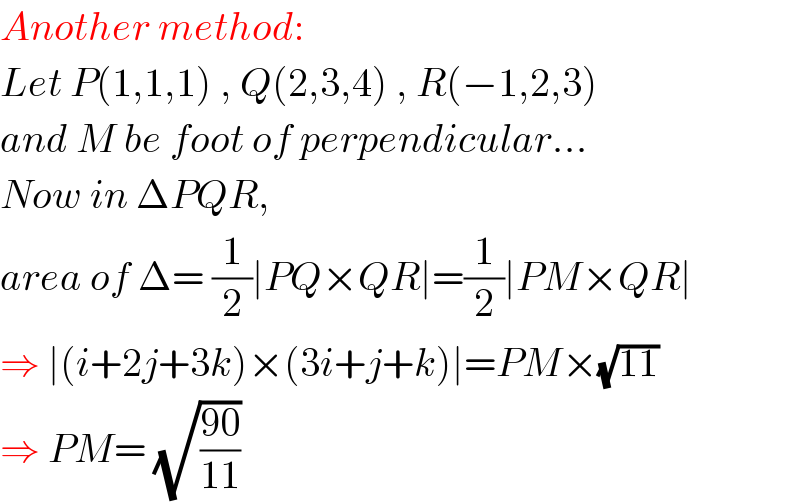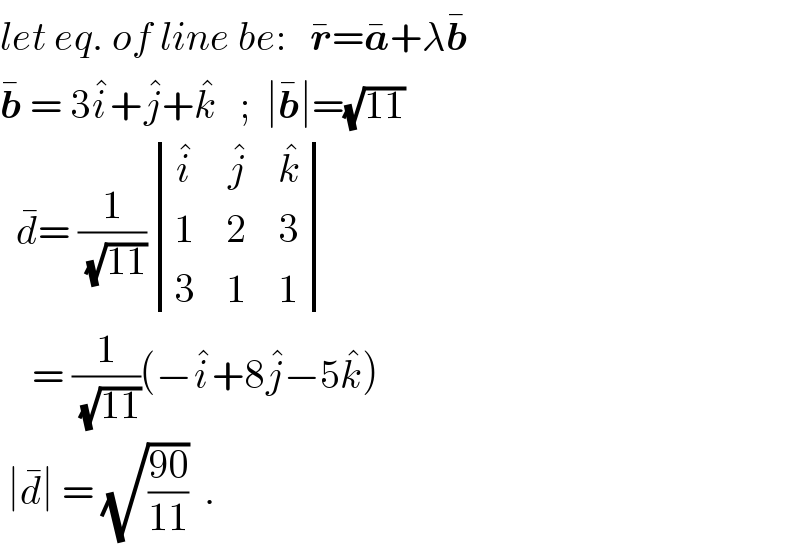
Question and Answers Forum
Question Number 45259 by rahul 19 last updated on 11/Oct/18

Commented byrahul 19 last updated on 11/Oct/18

Answered by ajfour last updated on 11/Oct/18

Commented byrahul 19 last updated on 11/Oct/18
Thank you sir ! ☺️��
Answered by tanmay.chaudhury50@gmail.com last updated on 11/Oct/18

Commented byrahul 19 last updated on 11/Oct/18
thank you sir☺️��
